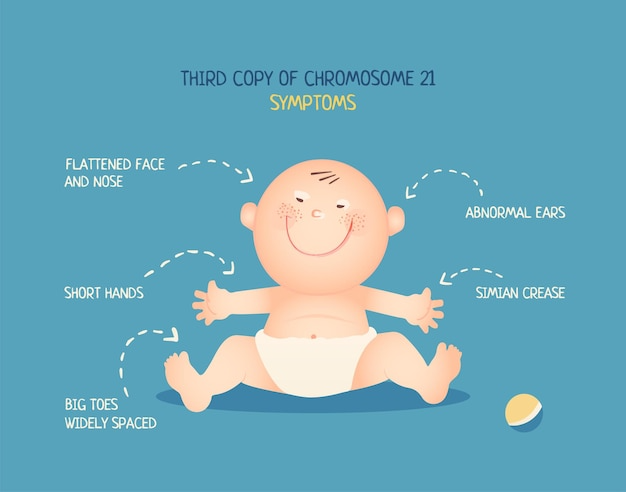
Hearing Impairment

Hearing Impairment Reading Answers
Embracing the World of Silence: Understanding Hearing Impairment
Hearing impairment, also known as hearing loss or deafness, is a prevalent sensory disability that affects millions of people worldwide. It can have a profound impact on communication, social interaction, and overall quality of life. Understanding the causes, types, and consequences of hearing impairment is crucial for fostering inclusivity, promoting early intervention, and ensuring appropriate support for individuals with hearing loss. In this article, we will delve into the world of hearing impairment, exploring its causes, types, effects, and available solutions.
Hearing Impairment Definition :
What Causes Hearing Impairment:
Hearing impairment can have various causes, including genetic factors, exposure to loud noises, aging, infections, certain medications, and diseases like otosclerosis and Meniere’s disease. It can occur at birth (congenital hearing loss) or develop later in life (acquired hearing loss). Identifying the underlying cause is essential for appropriate treatment and management.
Types and Degrees of Hearing Impairment:
Hearing impairment is classified based on the affected part of the auditory system and the severity of the loss. There are three main types: conductive hearing loss, sensorineural hearing loss, and mixed hearing loss. Conductive hearing loss occurs due to problems in the outer or middle ear, while sensorineural hearing loss results from damage to the inner ear or auditory nerve. Mixed hearing loss is a combination of both. The degree of hearing loss can range from mild to profound, affecting different frequencies and speech understanding.
Effects on Communication and Quality of Life:
Hearing impairment can significantly impact communication and overall well-being. Individuals with hearing loss may experience difficulties understanding conversations, participating in group discussions, and enjoying music or other auditory experiences. It can lead to feelings of isolation, frustration, and a decreased quality of life. Moreover, hearing loss can affect educational and career opportunities if not addressed and managed effectively.
Diagnosis and Treatment:
Diagnosing hearing impairment involves a comprehensive audiological evaluation, including pure-tone audiometry, speech audiometry, and tympanometry. Early detection is crucial, especially for children, as it allows for timely intervention and support. Treatment options for hearing loss include hearing aids, cochlear implants, assistive listening devices, and auditory rehabilitation programs. These interventions aim to improve communication, enhance speech perception, and restore access to auditory information.
Support and Accessibility:
Support and accessibility play a pivotal role in the lives of individuals with hearing impairment. Assistive technologies, such as captioning, sign language interpreters, and text-to-speech software, can bridge communication gaps and promote inclusion. Educational institutions and workplaces should provide reasonable accommodations to ensure equal opportunities for individuals with hearing loss. Moreover, awareness campaigns, advocacy, and community support are essential in creating a more inclusive society.
Conclusion:
Hearing impairment is a prevalent condition that affects millions of people globally. By understanding its causes, types, and consequences, we can work towards creating a more inclusive environment for individuals with hearing loss. Early diagnosis, appropriate interventions, and support systems are vital in enabling individuals with hearing impairment to lead fulfilling lives, pursue education and career goals, and actively engage with the world around them. Through empathy, awareness, and accessible communication, we can break down barriers and foster a society that embraces and celebrates the diversity of human experiences, including those living with hearing impairment.



